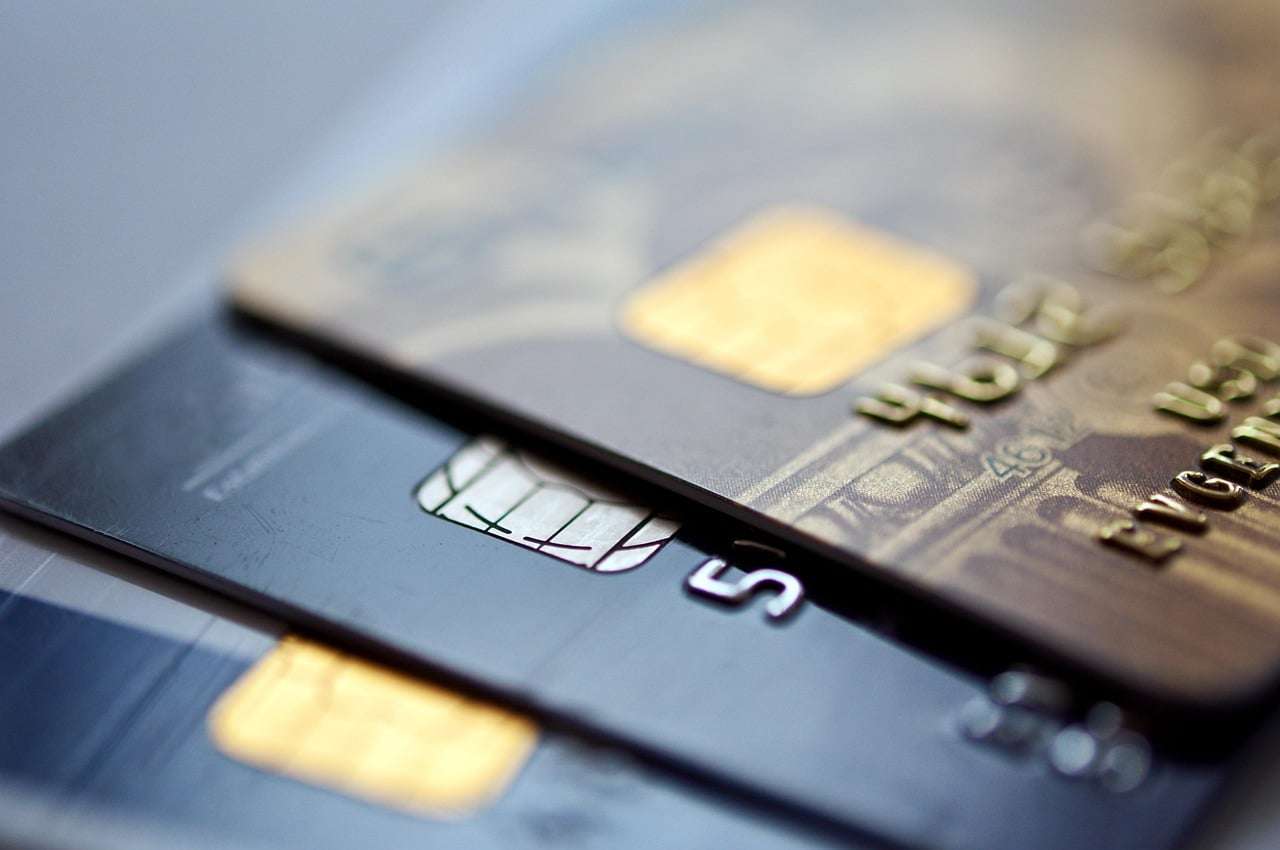How to Freeze Your Credit to Protect Your Financial Security
In today’s digital age, personal information has become a valuable commodity, and the risk of identity theft is higher than ever. One of the most effective ways to protect your credit and personal information from potential theft is by freezing your credit. A credit freeze is a powerful tool used to safeguard your financial security by preventing fraudsters from opening new accounts in your name. In this blog, we’ll walk you through everything you need to know about freezing your credit, including why it’s important, how to do it, and the benefits and limitations of this protective measure.
What Is a Credit Freeze?
A credit freeze, also known as a security freeze, is a process that restricts access to your credit report. When you freeze your credit, the credit reporting agencies (Experian, Equifax, and TransUnion) cannot release your credit report to lenders or other companies without your permission. This means that identity thieves cannot open new credit accounts in your name because the lender will be unable to pull your credit report.

It’s important to note that a credit freeze only affects your credit report and does not prevent existing creditors from accessing your account. For example, your current credit card company can still review your account, and you can still make purchases with your existing credit cards. Additionally, a credit freeze does not affect your credit score.
Why You Should Consider Freezing Your Credit
With the increasing frequency of data breaches, identity theft has become a significant concern for consumers. In fact, according to the Federal Trade Commission (FTC), identity theft is one of the most common types of consumer fraud. A credit freeze can help you mitigate the risk of having your personal information misused. Below are some key reasons why freezing your credit is a smart choice:
Protection Against Identity Theft: When an identity thief gains access to your personal information, they can open credit cards, loans, and other accounts in your name. By freezing your credit, you block access to your credit report, making it more difficult for thieves to take out loans or lines of credit using your information.
No Impact on Your Credit Score: Freezing your credit does not affect your credit score. Your credit history will remain intact, and your existing accounts will continue to report activity. The only difference is that lenders won’t be able to access your credit report for new applications unless you unfreeze your credit.
Free and Easy to Do: In the past, freezing your credit required a fee, but recent changes to federal law (since 2018) have made credit freezes free for all consumers. You can initiate a credit freeze quickly and easily by contacting the three major credit bureaus.
Prevents Fraudulent Activity: Freezing your credit prevents fraudulent activities such as opening new credit lines, applying for loans, or making big-ticket purchases under your name. This makes it an essential tool for anyone concerned about the growing problem of identity theft.
When Should You Freeze Your Credit?
While freezing your credit is a protective measure, it’s not necessarily something you need to do on a day-to-day basis. There are specific situations where freezing your credit is particularly beneficial:
After a Data Breach: If you’ve been impacted by a data breach, such as the Equifax breach in 2017, freezing your credit is a good way to prevent criminals from taking advantage of your exposed data.
Before Storing Sensitive Information Online: If you are making a large online purchase or entering sensitive information on a website, it’s a good idea to freeze your credit as a precautionary measure.
When Moving to a New Location: If you’re relocating to a new area and are concerned about the potential for identity theft during the transition, freezing your credit can help protect your financial identity.
If You Don’t Plan on Applying for Credit Soon: If you know you won’t be applying for new credit for some time, it’s a good idea to freeze your credit to limit access to your financial information.
How to Freeze Your Credit
Freezing your credit is a relatively simple process that can be completed with just a few steps. Below is a detailed guide on how to freeze your credit with each of the three major credit bureaus: Equifax, Experian, and TransUnion.
- Equifax
Visit the Equifax website and navigate to the “Security Freeze” section.
You’ll need to create an account with Equifax if you don’t already have one.
After logging in, follow the instructions to freeze your credit. You’ll be asked to provide personal information, including your full name, Social Security number, date of birth, address, and more.
You’ll receive a PIN or password, which is essential for temporarily lifting or removing the freeze in the future.
- Experian
Visit the Experian website and log in to your account or create a new one.
Once logged in, navigate to the “Freeze Your Credit” section.
Enter your personal information as requested. You will need to provide details such as your name, address, date of birth, and Social Security number.
After completing the process, Experian will provide you with a PIN or password to use when managing your freeze.
- TransUnion
Visit the TransUnion website and create or log in to your account.
Once logged in, look for the “Credit Freeze” section and follow the steps to freeze your credit.
You’ll need to input personal details, including your Social Security number, address, and date of birth.
Like the other bureaus, TransUnion will provide you with a PIN or password for managing your credit freeze.
What Happens After Freezing Your Credit?
Once you’ve frozen your credit with all three bureaus, you’ll receive a confirmation notice.
Your credit report will be locked, and no one, including lenders, can access it without your permission. This means that if someone attempts to open an account using your personal details, the credit report will not be available to the lender, and the application will likely be denied.
How to Unfreeze Your Credit
While a credit freeze can help protect you from identity theft, it’s essential to know that you might need to temporarily unfreeze your credit when applying for new credit or loans. The process of unfreezing your credit is straightforward, and you can lift the freeze for a specific time period or for a particular creditor.
To unfreeze your credit, simply log in to your accounts with the credit bureaus where you initiated the freeze. You’ll need to provide your PIN or password, which you created when you froze your credit. You can choose to lift the freeze for a set period or allow access to certain parties, such as a lender or financial institution.
- Unfreezing with Equifax:
Log in to your Equifax account, go to the “Security Freeze” section, and enter your PIN. You can select a specific date range for lifting the freeze or unfreeze it completely.
- Unfreezing with Experian:
Login to your Experian account, go to the “Credit Freeze” section, and use your PIN to temporarily lift or remove the freeze.
- Unfreezing with TransUnion:
Access your TransUnion account and enter your PIN to manage your freeze. You can unfreeze your credit for a specific period or for certain creditors.
Advantages of Freezing Your Credit
Prevents New Account Openings: The most significant benefit of freezing your credit is that it prevents others from opening new accounts in your name, protecting you from financial fraud and identity theft.
Cost-Free Protection: Freezing your credit is now free of charge. Previously, there was a fee for initiating and managing a freeze, but this is no longer the case.
No Negative Impact on Your Credit Score: A credit freeze does not affect your credit score, making it an ideal protective measure for anyone looking to safeguard their credit.
Disadvantages and Limitations of Credit Freezes
While freezing your credit provides protection, it also comes with some limitations:
You’ll Need to Unfreeze for New Credit Applications: Whenever you apply for new credit, you will need to unfreeze your credit with all three bureaus. This can be an inconvenience if you need access to your credit quickly.
Doesn’t Prevent Fraud on Existing Accounts: A credit freeze only blocks new credit applications. It doesn’t stop fraud on existing accounts or prevent misuse of your current credit cards and loans.
Not All Lenders Use Credit Reports: Some lenders may use alternative methods to assess creditworthiness, such as income verification or rent payment history, and a credit freeze may not protect against these kinds of assessments.
Requires Monitoring: While a credit freeze can prevent fraudsters from opening new accounts, it’s still important to monitor your credit card statements and bank accounts for any suspicious activity.
How to Freeze Your Credit with All 3 Credit Bureaus
Experian: Online | Phone: 888-397-3742 | Address: Experian Security Freeze P.O. Box 9554 Allen, TX 75013
TransUnion: Online | Phone: 800-916-8800 | Address: TransUnion P.O. Box 160 Woodlyn, PA 19094
Equifax: Online | Phone: 888-298-0045 | Address: Equifax Information Services LLC P.O. Box 105788 Atlanta, GA 30348-5788

Conclusion
Freezing your credit is one of the most effective ways to protect yourself from identity theft and fraud. With the rise in cybercrime, it’s a proactive step you can take to safeguard your financial security. By freezing your credit with all three major credit bureaus—Equifax, Experian, and TransUnion—you can block unauthorized access to your credit report, making it harder for thieves to open new accounts in your name.
Though freezing your credit may be an inconvenience when you need to apply for new credit, the peace of mind it provides can far outweigh any temporary setbacks. If you’re concerned about the security of your personal information, freezing your credit is a smart move that could save you from a great deal of stress and financial loss in the future.


